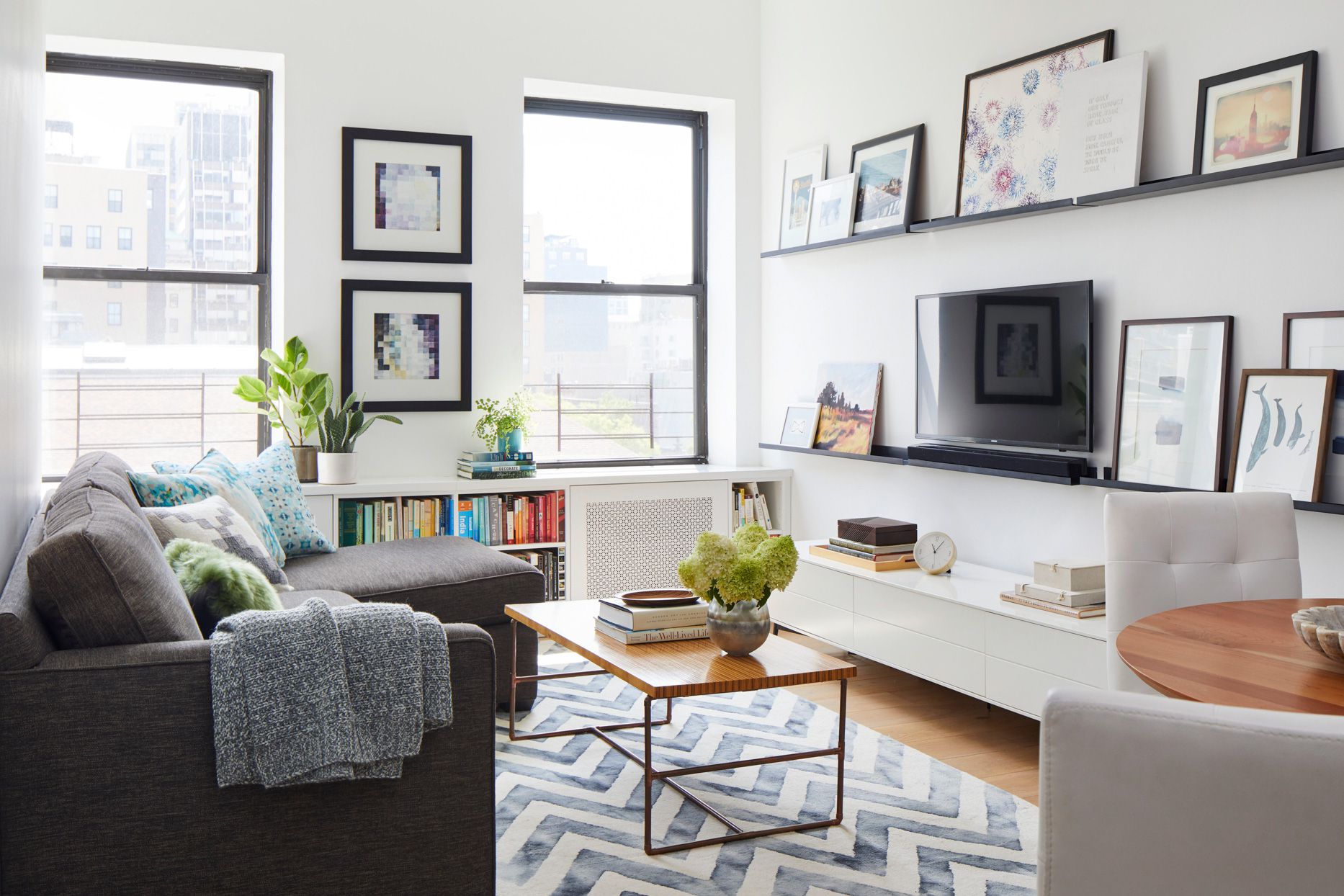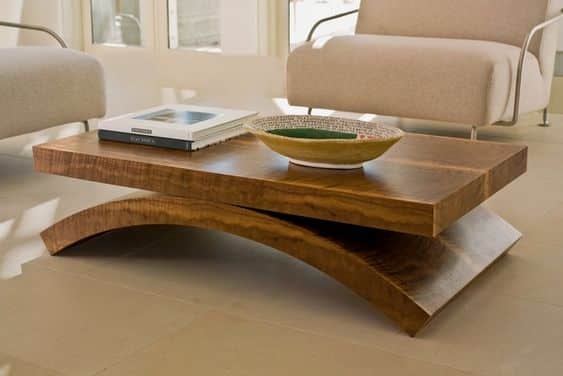How to Ensure the Durability and Longevity of a Coastal Sofa?
A true sofa would bring home the nautical vibes and make the space a haven for ocean lovers. Whether you live in a beach house or live away from an ocean and badly want ocean vibes in your room, a Coastal sofa would do the deed effortlessly.
Coastal sofas can be a striking focal point. They add elegance to the space with their ocean-inspired designs. It is paramount to take care of them for them to last longer.
The average span of any furniture is 7 to 15 years. In special cases, furniture lasts for generations. And the reason is proper maintenance. The article’s purpose is to touch upon the maintenance of coastal sofas.
Understanding Sofa Materials
Coastal sofas come in various designs and materials. It is important to understand the functionality of each material. Each material needs a different kind of maintenance for it to last longer. Materials such as Fabric, wood, Rattan or wicker, Twine, Shells, Driftwood, Reclaimed wood, Sisal, Bamboo, Blinds, and Palm fronds are commonly used in Coastal sofas.
Tips to Ensure Durability and Longevity of a Sofa
1. Cleaning and Maintenance
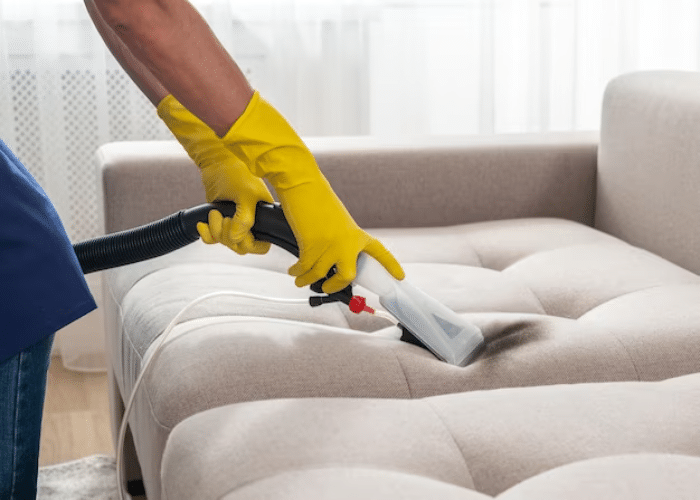
Every sofa comes with cleaning instructions. Here are some tips to help you tidy up your sofa even better. You will need a vacuum, Lint roller, Distiller white vinegar, Dish soap, Water, Rag, Fan, and Baking soda. Follow the tips carefully to clean your sofa,
- Step 1 – Remove the Cushions: Gently remove the cushions or anything that can be removed from the sofa. Handle the cushions or any add-ons carefully, as mentioned in the manual.
- Step 2 – Vacuum the dirt: Keep the setting low and blow the dirt off the surface. For hard dirt, increase the blowing speed. Mind the corners where dirt can accumulate easily and be hard to remove.
- Step 3 – Spark some baking soda: Add some water to the baking soda, sprinkle it on the surface, and let it sit for a while.
- Step 4 – Mind the legs and frame, too: Read the user manual carefully on how to clean the frame and legs. Use 1:3 proportion of Vinegar and water, mix them well, and rub it gently on the legs and frame. You can also use soap to clean them.
- Step 5 – Take a damp cloth and wipe off the vinegar gently.
- Step 6 – Let it dry.
2. Protecting Against Water Damage

Here are some ways to prevent your sofa from water damage,
- Use a waterproof spray or a sealant on the upholstery to prevent water from seeping in.
- Keep the room well-ventilated to reduce the humidity level
- Avoid placing the sofa in damp areas like the kitchen, bathroom, and underneath the air conditioner
- Check for any dirt or spillage of water from time to time to prevent water damage
- Vacuum the upholstery often to remove dampness
- Have the sofa cleaned and dried professionally when exposed to moisture or has suffered significant damage.
3. Choosing Durable Fabrics
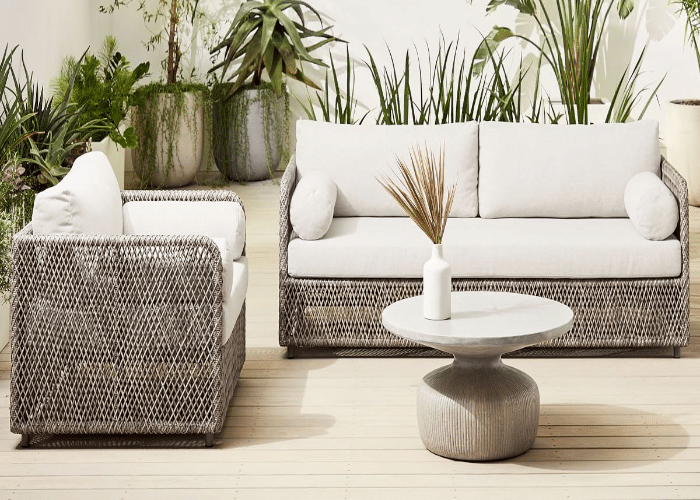
Fabrics play a pivotal role in the durability of a sofa. There are a lot of fabrics used in coastal sofas, such as Cotton, Linen, Rayon, Osnaburg, Microfiber, Velvet, Faux suede, Cannonballs, Twill, Sisal, and Jute.
Every fabric has distinctive features. You can choose one that suits your preferences. For example, Osnaburg is a loosely woven material made out of flax, but now they are made out of jute.
You can go for Leather if you want your sofa to be sturdy and easy to clean. You will not have much labor to clean it. Just a wipe with a cloth will do the deed.
4. Avoiding Direct Sunlight
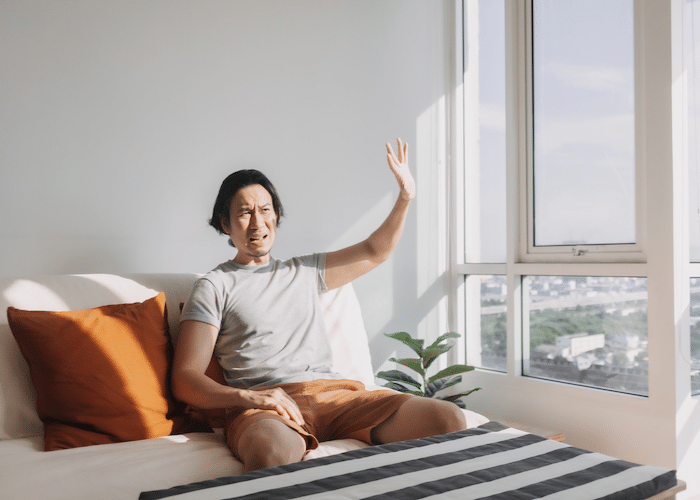
Prolonged exposure to direct sunlight can cause some serious damage to the sofa.
- Prolonged exposure to direct sunlight can cause discoloration of the fabric.
- High temperatures can cause the fabric to shrink and make it prone to damage.
- Too much exposure to sunlight can wear off the adhesives used in the sofa, causing delamination.
5. Using Covers and Pads
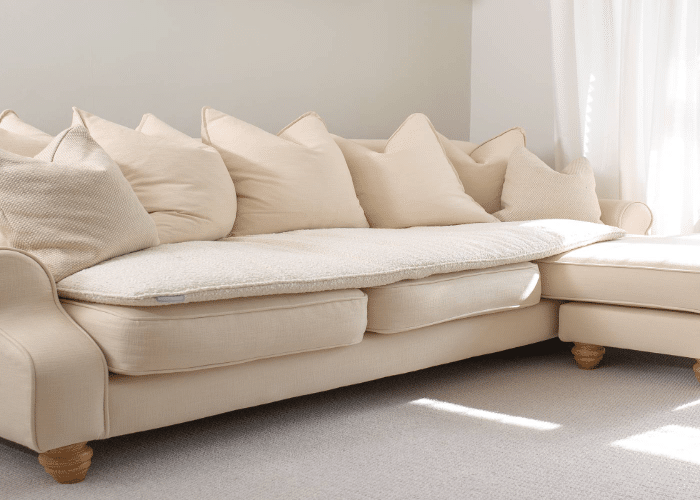
Using covers and pads on the sofa ensures safety and adds an extra layer of protection, contributing to the longevity and durability of the sofa.
Covers
- It prevents the sofa from dust, debris, dirt, and other stain-causing agents.
- Protects from spills and stains
- It enhances usage, is easy to clean and dry, and the sofa stays as fresh as new underneath the cover.
Pads
- It provides extra cushioning to the fabric and reduces the amount of pressure implied on the surface.
- It evenly distributes the pressure, reducing sagging and uneven surface.
- Cuts off cleaning time with replaceable pads
- It prevents dirt accumulation, and the sofa stays as fresh as new underneath.
Final Thoughts
To sum up, the article provided you with cleaning and maintenance tips, how to protect your sofa against water damage, how to choose a durable fabric, how to avoid direct sunlight, and the functionalities of covers and pads. Read the instructions carefully to ensure the safety of the fabrics.
Be informed of the cleaning codes and washing techniques to save yourself a lot of money. Understand the types of fabrics and their functionalities and decide whether they will suit your house or not.
The above-given details are more than enough to take good care of your sofa and make it sustainable for the years to come.




